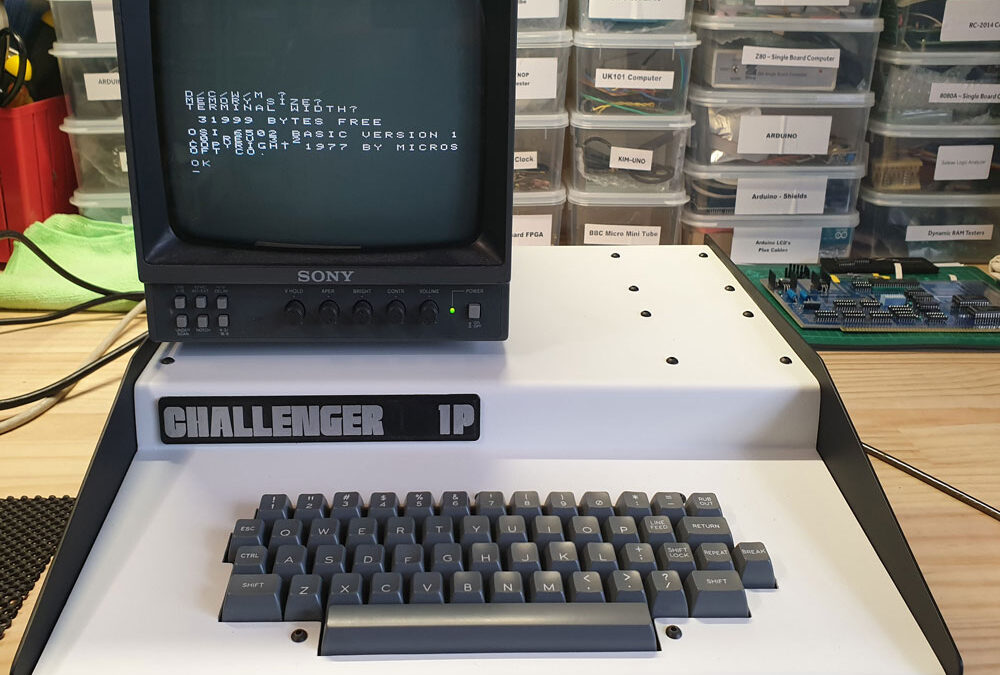
by musovern | Feb 14, 2022 | Vintage Computer
Welcome the OSI Superboard II Rev D Replica—a modern re-creation of the classic Ohio Scientific 6502-based computer from the late 1970s!This is the SuperBoard II revD PCB by KlyBall over at the OSI fourm that has been modified for cherry keycaps and 2716 eproms. Fully...
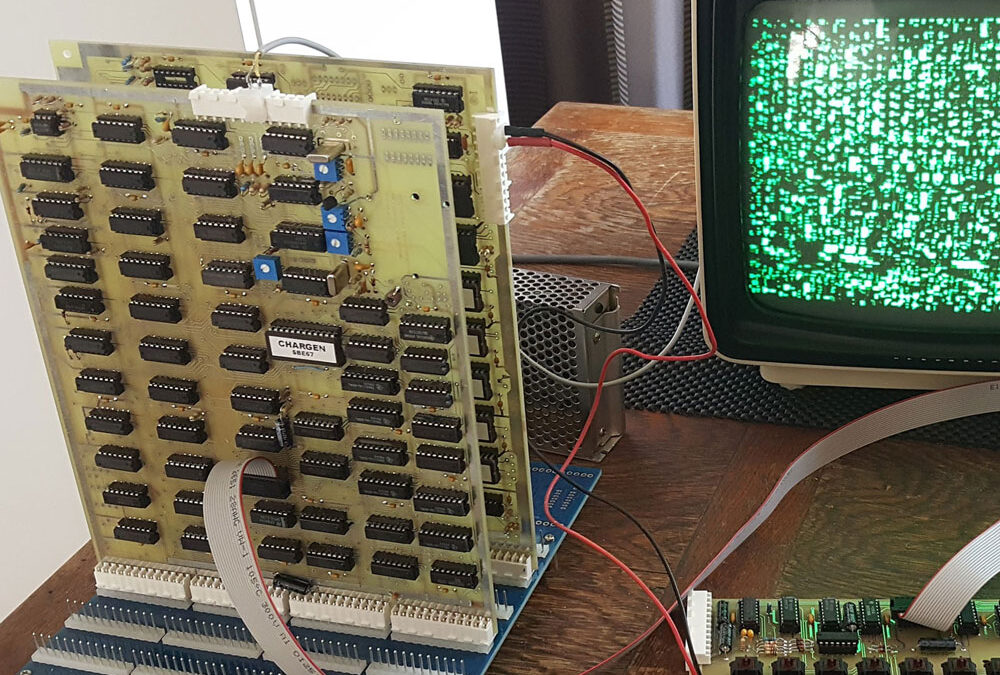
by musovern | Jun 25, 2021 | Vintage Computer
Welcome to our deep dive into the Ohio Scientific C4P, a formidable yet often overlooked star of the late 1970s microcomputer revolution. While the Superboard II brought computing to the masses as a single-board kit, the C4P represented OSI’s vision of a more...
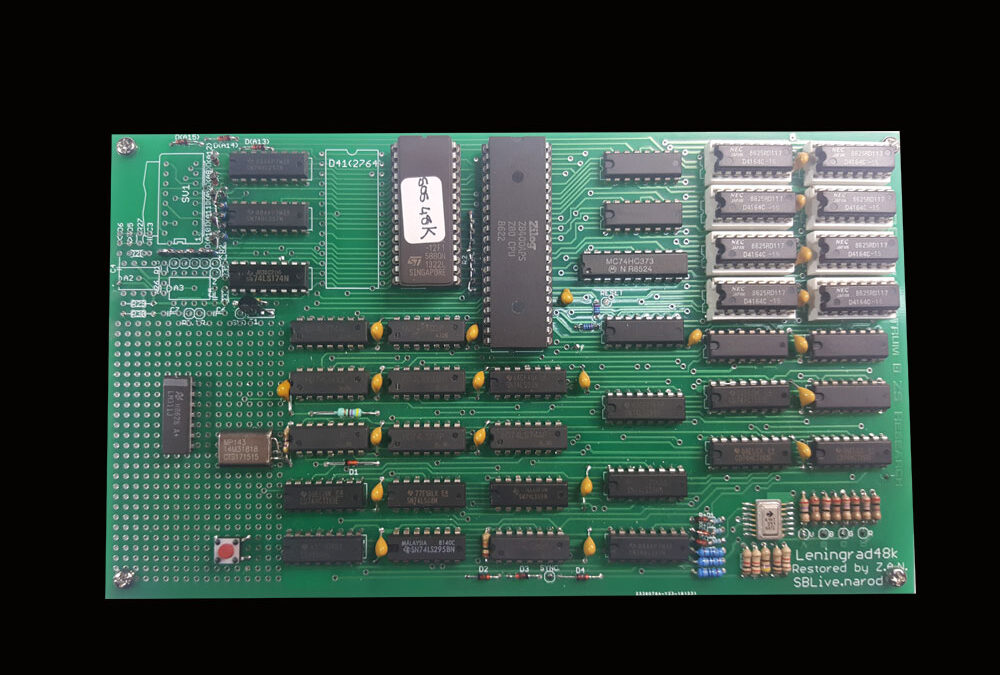
by musovern | Sep 4, 2020 | Vintage Computer
In Leningrad they developed a clone of the ZX Spectrum, replacing the ULA by some TTL logic. Installed Socket and some IC’s Ppowered by the Z80 Cpu,16K RAM Connected the Pi RGB to HDMI for testing the board. Colour test what now on to a few games. First game...
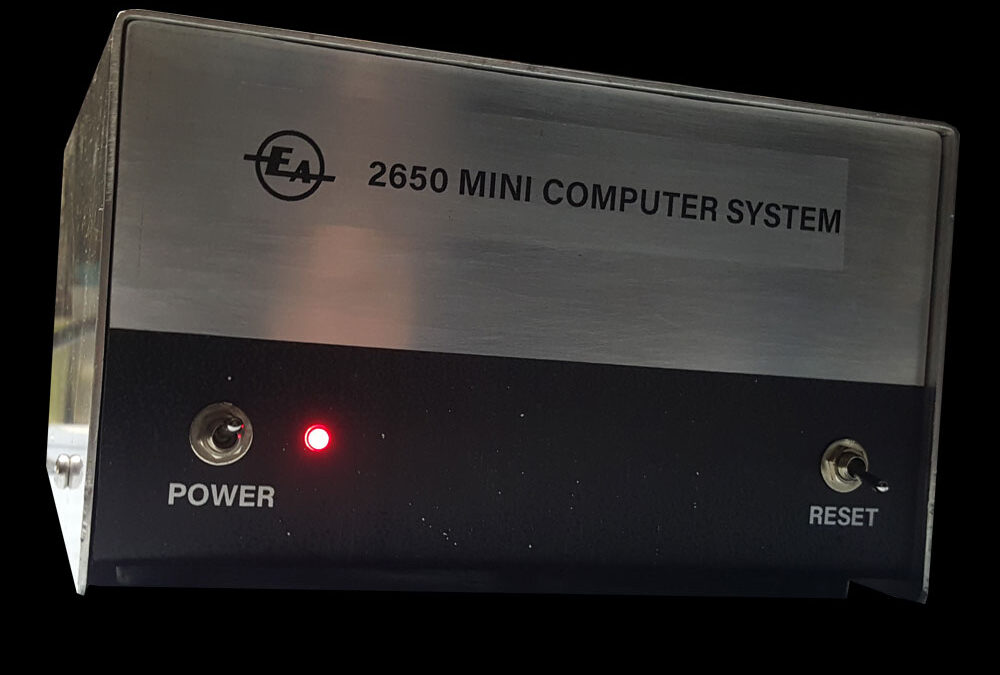
by musovern | Feb 15, 2020 | Vintage Computer
A remake of the EA 2650 mini system In May 1978, Electronics Australia described a small development board based on the Signetics 2650 microprocessor. For many people in Australia (the author included), this was the first computer that was cheap enough to buy and...
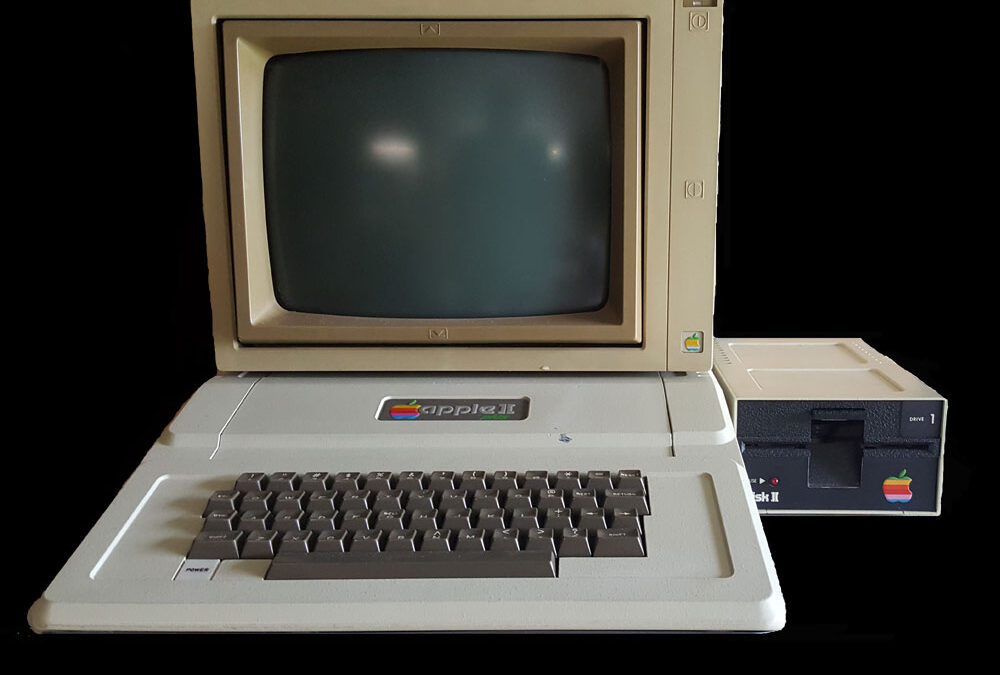
by musovern | Feb 3, 2020 | Vintage Computer
The Apple II+ was the successor of the Apple II. It was fully compatible with the Apple II, however it had some new features: a new ROM containing the AppleSoft Basic (floating point version written by Microsoft), a new auto-start (store in ROM) for easier start-up...
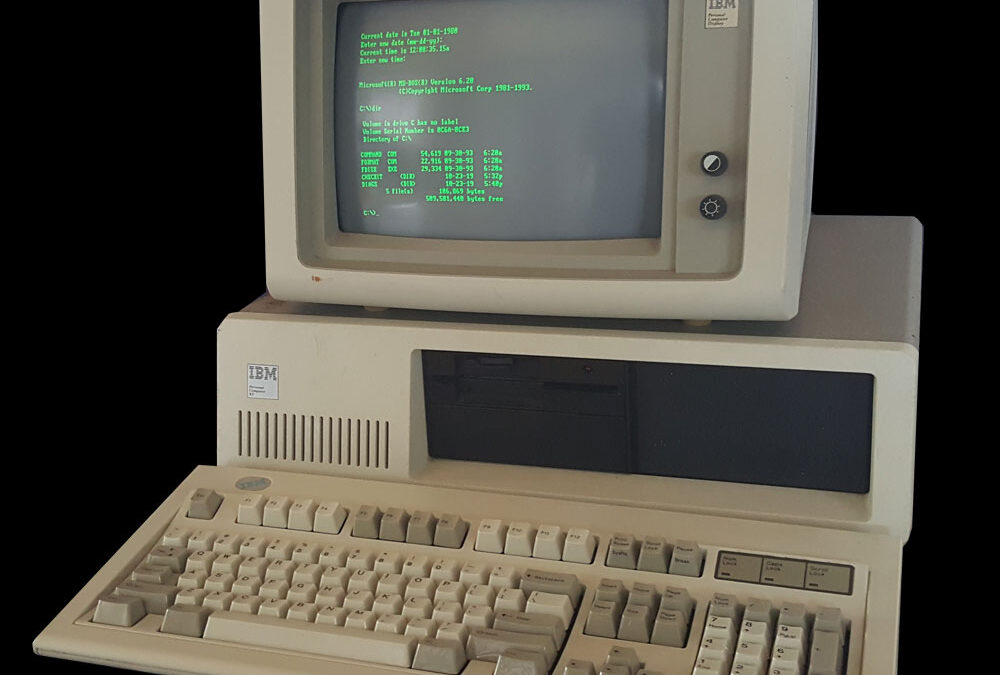
by musovern | Nov 17, 2019 | Vintage Computer
The IBM Model 5160 was as you might guess, a more powerful version of the IBM PC Model 5150. The ‘XT’ designation distinguished it from the 5150 ‘PC’. It was introduced in 1983 and, like it’s predecessor the IBM 5150, it was available...







